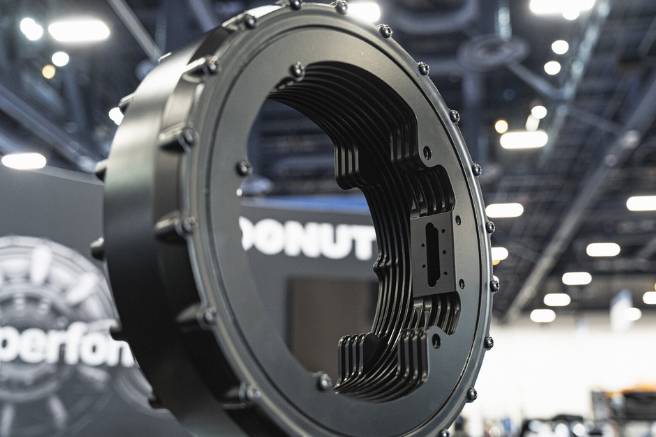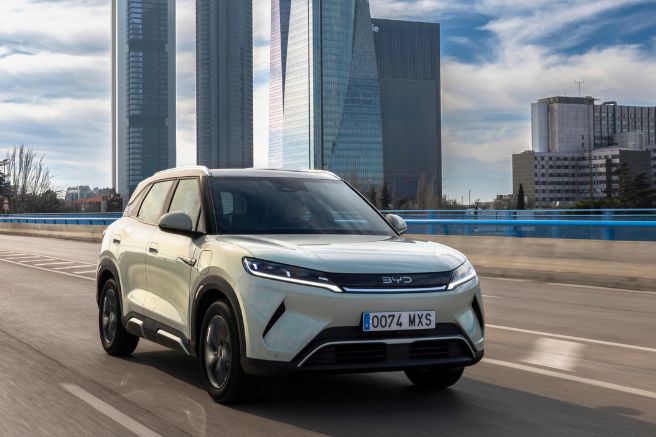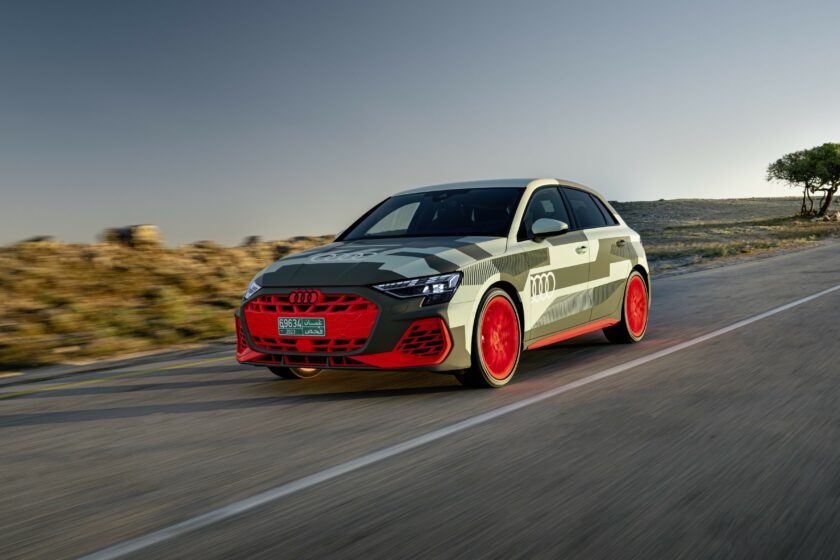
In an increasingly globalized automotive market where manufacturers seem almost exclusively focused on electrification processes, Audi reminds the entire industry that cars are also about passion and driving pleasure. This reminder comes with the restyling intervention that the German brand has decided to apply to the “A3” series, refreshed in both exterior and interior design details, along with the announcement of the revamped “S3” sports version. In this case, however, calling it a restyling is quite an understatement, as the Ingolstadt brand has profoundly renewed one of the most appreciated high-performance mid-size cars in the European market, expanding its sporty nature. Central to this evolution is the debut of the “Torque Splitter” system in this vehicle category, derived from the technology equipping the more extreme “RS3” version. This system actively and variably distributes engine torque between the rear wheels, ensuring the vehicle behaves in the driver’s preferred manner, ranging from neutral to oversteering.
The new 2024 model
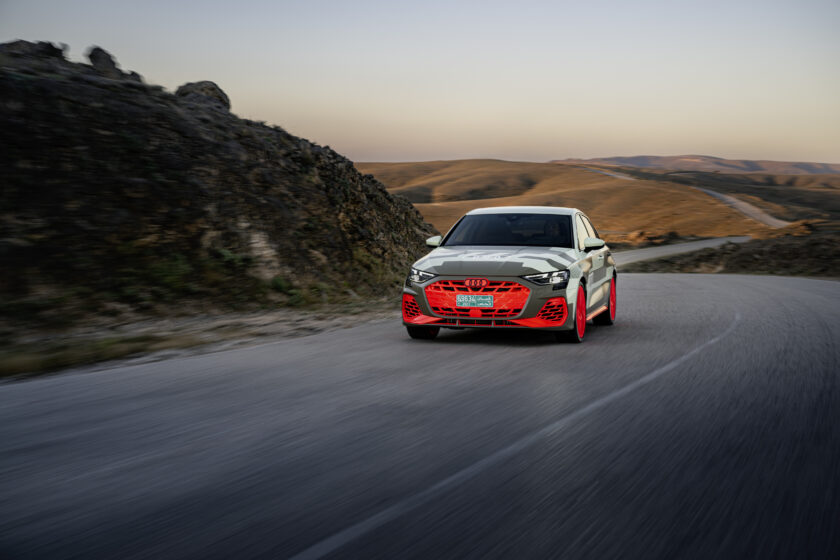
Essentially, it’s an advanced management of the proven “Quattro” all-wheel-drive system but very different from its current design solutions. Unlike a classic rear self-locking differential and permanent all-wheel drive with an electro-hydraulic multi-plate clutch at the end of the drive shaft, the “Torque Splitter” system operates through two separate electro-hydraulic multi-plate clutches, each located on one of the two rear axles. Adopting a sporty driving style, in a curve, the system distributes torque between the rear wheels, increasing the push on the one outside the trajectory (the one with more grip), thus avoiding possible understeer.
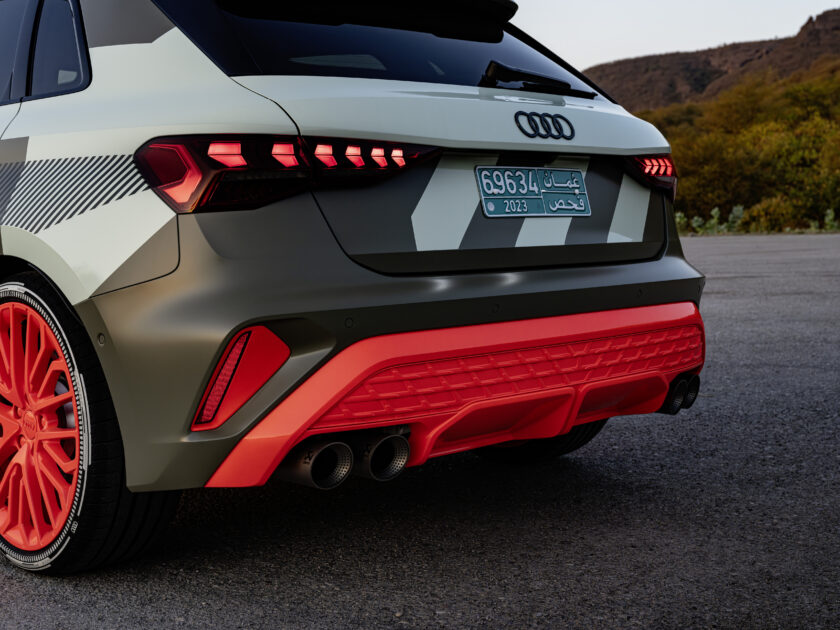
On a straight road, however, the combined action of the two clutches simulates the classic “Quattro” all-wheel drive system, equally distributing torque to the two rear wheels. Each clutch is also managed by a dedicated control unit that processes real-time information from stability and traction control sensors, constantly monitoring wheel rotation speed, the vehicle’s longitudinal and lateral acceleration, steering angle, accelerator pedal position, selected gear, and yaw. With this data, the “Torque Splitter” system ensures the new “S3” can respond to the driver’s inputs with extreme responsiveness and precision based on the selected driving mode.

In “Comfort/Efficiency” and “Auto” modes, the system distributes traction evenly across all four wheels, prioritizing the front axle, while the “Dynamic” function transfers as much drive as possible to the rear axle, aiding driving on twisty roads like typical mountain hairpins. This tendency is further emphasized by the “Dynamic Plus” mode, which favors controlled oversteering by transferring up to 100 percent of the torque to the rear, specifically the 420 newton-meters delivered within a range between 2100 and 5500 rpm by the revised two-liter four-cylinder petrol engine. The German brand’s technicians have improved its supercharging with a new turbocharger that better manages the preload of the wastegate valve actuators, enhancing the overboost effect when maximum performance is needed while maintaining a constant turbine speed at partial loads and constant speed, benefiting progressive power delivery. This evolution has also increased the maximum output, raised by 23 horsepower from the previous generation unit, reaching 333 horsepower, allowing the “S3” to accelerate from zero to 100 km/h in 4.7 seconds and reach a top speed of 250 km/h, which can be increased to 290 km/h with an optional sports package that also includes carbon-ceramic brakes.
Dedicated Suspension
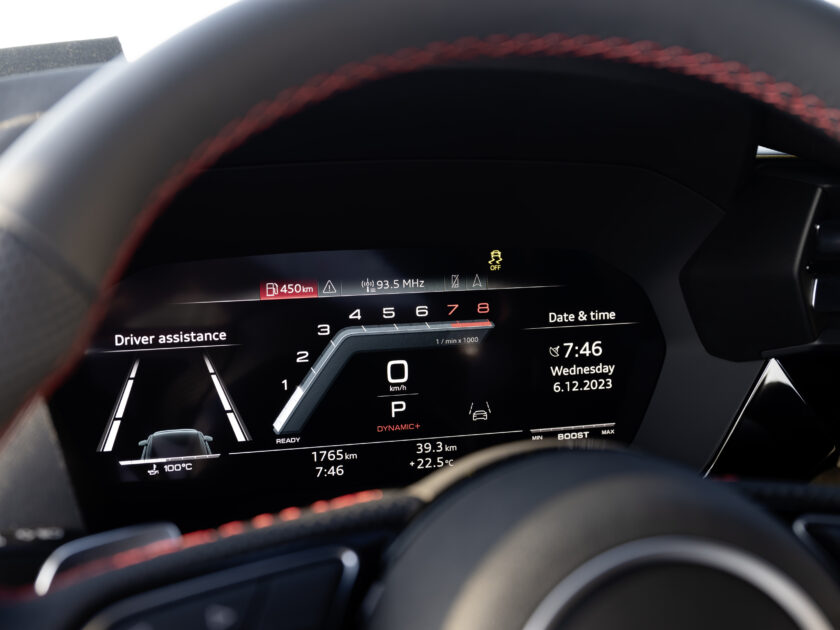
The “S3” sports setup includes McPherson suspension at the front and a four-link multi-link setup at the rear, a solution that Audi’s technicians have integrated with shock absorbers developed to ensure highly precise compression and extension responses, even on micro imperfections of the asphalt. This situation often challenges sports cars, making their reactions a bit harsh. Thanks to this, the vehicle can quickly adapt to different road surface conditions, a feature further emphasized by optional adaptive suspensions that adjust each spring’s response in real-time based on the situations and chosen driving mode.
Title: Audi “S3” model year 2024
Translation with ChatGPT


